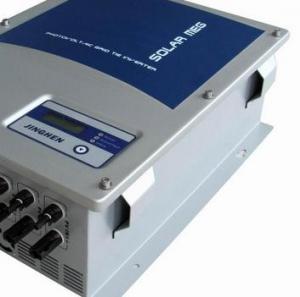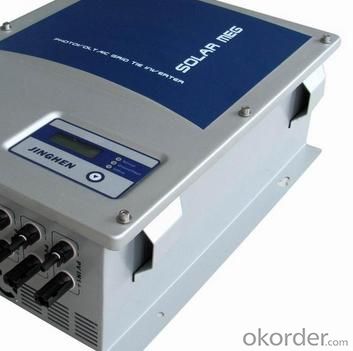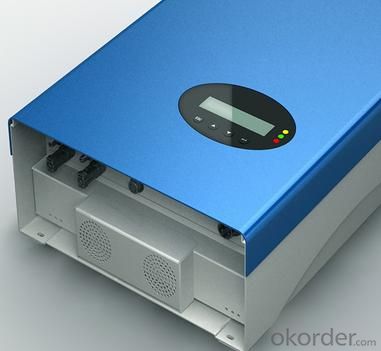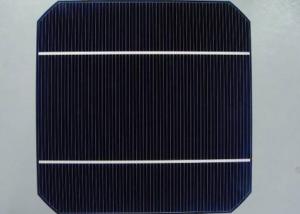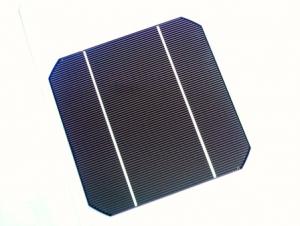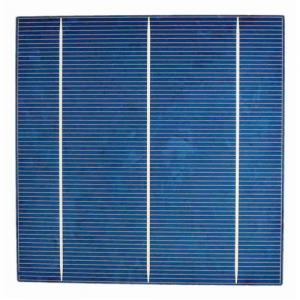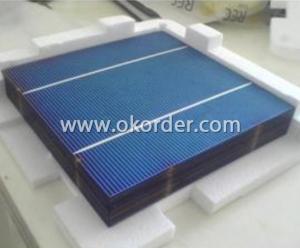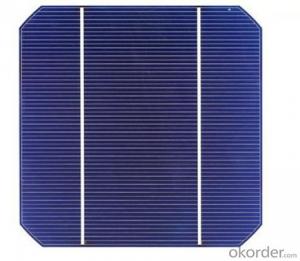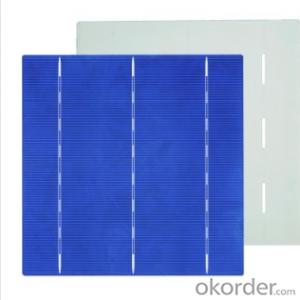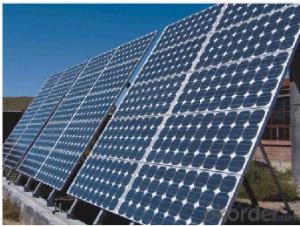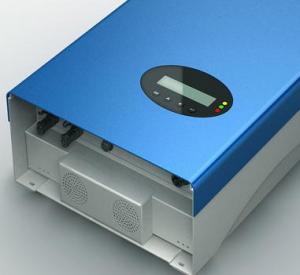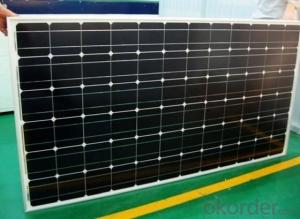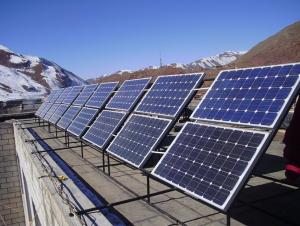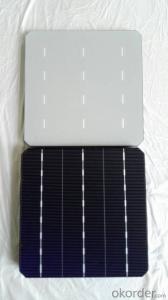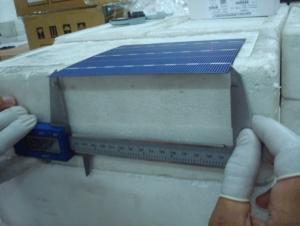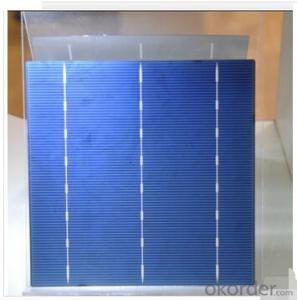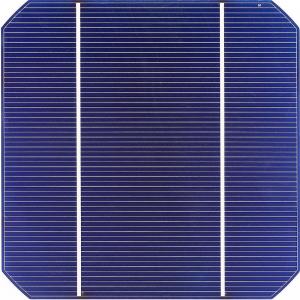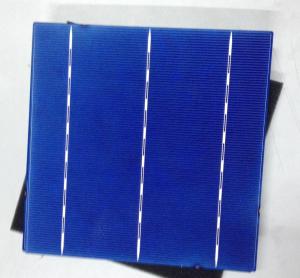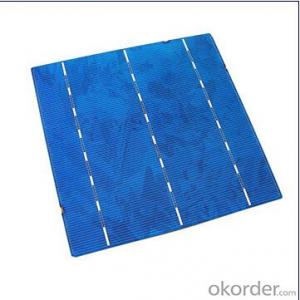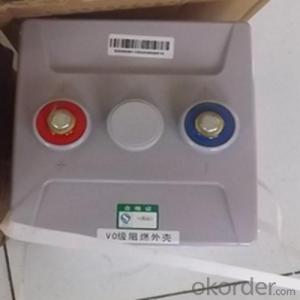Si Based High Efficiency Monocrystalline Solar Module - Very Good Quality
- Loading Port:
- Shanghai
- Payment Terms:
- TT or LC
- Min Order Qty:
- 2250 watt
- Supply Capability:
- 30000000 watt/month
OKorder Service Pledge
OKorder Financial Service
You Might Also Like
1, Product desciption
Inverter circuits designed to produce a variable output voltage range are often used within motor speed controllers.
The DC power for the inverter section can be derived from a normal AC wall outlet or some other source. Control and feedback circuitry is used to adjust the final output of the inverter section which will ultimately determine the speed of the motor operating under its mechanical load.
Motor speed control needs are numerous and include things like: industrial motor driven equipment, electric vehicles, rail transport systems, and power tools. (See related: variable-frequency drive ) Switching states are developed for positive, negative and zero voltages as per the patterns given in the switching Table.
The generated gate pulses are given to each switch in accordance with the developed pattern and thus the output is obtained.
2, Features of the product
Inverters convert low frequency main AC power to higher frequency for use in induction heating.
To do this, AC power is first rectified to provide DC power. The inverter then changes the DC power to high frequency AC power. Due to the reduction in the number of DC Sources employed, the structure becomes more reliable and the output voltage has higher resolution due to an increase in the number of steps so that the reference sinusoidal voltage can be better achieved.
This configuration has recently become very popular in AC power supply and adjustable speed drive applications. This new inverter can avoid extra clamping diodes or voltage balancing capacitors. There are three kinds of level shifted modulation techniques, namely:
· Built-in 1 year data logger for system analysis
· Charge and discharge status display
· Acoustic load disconnect pre-warning
· Load status indication
· Choose between 5 load disconnect algorithms
· Boost/absorption/float PWM-regulation (series type)
· Integrated temperature compensation
· Covered terminals (up to 16 mm2 wire size)
· Full solid-state protection
Is the electrical grid already nearby or would you need to call in the power company to bring in electrical lines.
If the electric needs to be brought to the area, how much is this going to cost? Depending on how far the grid electric is from the location of the needed lighting, this can be quite expensive.
How much lighting is needed on the street? Do the lights need to be dark sky compliant.
Do the street lights need to run from dusk to dawn or for only a specified number of hours at night.
Are the street lights able to dim in the middle of the night and still provide enough lighting.
These questions need to be answered before you can decide on how many lights you will need to complete the project.
3, Product Image
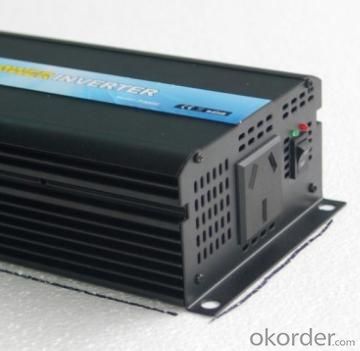
4, Detailed Specification
INPUT | |
Input voltage range | 185~265±5Vac |
OUTPUT | |
Output voltage range | 185~265±5Vac (AC mode) , 230Vac (DC mode) |
Output frequency (DC mode) | 50Hz (48~54Hz) or 60Hz(58~64Hz), same as AC(AC mode) 50Hz ±0.3Hz (DC mode) |
Wave form | Sine wave (DC Mode) |
Transfer time | 10ms. (Typical) |
BATTERY | |
Rated charging current (max.) | 45A |
Norminal DC input voltage | 12V |
Min. DC start voltage | 20V / 40V |
PHYSICAL | |
Unit dimension (mm) | 526*277*212 |
Master box dimension (mm) | 620*350*370 |
Net weight (1pc, kg) | 22.8 |
- Q: Can solar cells be used in agriculture for irrigation?
- Yes, solar cells can be used in agriculture for irrigation. Solar-powered water pumps can be used to draw water from wells or other sources, providing a reliable and sustainable solution for irrigation. This helps farmers reduce their dependence on traditional energy sources and decrease operational costs, making solar cells a viable option for agricultural irrigation.
- Q: Can solar cells be used in satellites?
- Yes, solar cells can be and are commonly used in satellites as they provide a reliable and efficient source of power by converting sunlight into electricity.
- Q: Can solar cells be used in off-grid systems?
- Yes, solar cells can be used in off-grid systems. Off-grid systems, also known as standalone systems, are independent of the traditional electrical grid, and solar cells are a reliable and cost-effective way to generate electricity in such systems. By harnessing sunlight and converting it into electricity, solar cells can provide a sustainable and renewable energy source for off-grid applications such as remote cabins, boats, or even emergency backup power systems.
- Q: The history of solar cells
- The earliest lithium battery came from the great inventor Edison. As the chemical properties of lithium metal is very lively, making lithium metal processing, preservation, use, the environment is very high. Therefore, lithium batteries have not been applied for a long time.
- Q: Can solar cells be used in security systems?
- Yes, solar cells can be used in security systems. Solar-powered security systems utilize solar cells to convert sunlight into electricity, which is then stored in batteries for continuous power supply. This allows security systems to operate independently of the electrical grid, making them more reliable and cost-effective in remote or off-grid locations. Additionally, solar-powered security systems are environmentally friendly, reducing dependence on fossil fuels and lowering carbon emissions.
- Q: Can solar cells be used in public transportation systems?
- Yes, solar cells can be used in public transportation systems. They can be integrated into various components such as the roof or windows of buses, trains, or trams to harness solar energy and power the vehicle's electrical systems, reducing reliance on fossil fuels and lowering carbon emissions. This technology is already being implemented in some cities around the world, offering a more sustainable and environmentally friendly alternative for public transportation.
- Q: Can solar cells be used to power remote disaster response systems?
- Yes, solar cells can indeed be used to power remote disaster response systems. Solar cells generate electricity by converting sunlight into energy, making them an ideal source of power in areas where conventional electricity infrastructure is unavailable or disrupted due to a disaster. By harnessing solar energy, remote disaster response systems can operate efficiently and sustainably, providing essential services such as communication, lighting, medical equipment, and other critical functions. Additionally, solar cells are portable, durable, and can be easily deployed in remote locations, making them a reliable and practical solution for powering disaster response efforts.
- Q: Is the Photovoltaic cell panel good to save the energy?
- There is no doubt that the photovoltaic cell panel is very useful and efficient in saving the power in human's life, not only daily life but in other industries.
- Q: Where can I buy solar cells on sale but still good quality ?
- We are a solar cell manufacturer based in China, and we sell very good quality solar cells.
- Q: How can I buy the solar cells wholesale ?
- You can talk to the manufacurers directly and ask them to send you the quotation list based on what you need and how many solar cells you need.
Send your message to us
Si Based High Efficiency Monocrystalline Solar Module - Very Good Quality
- Loading Port:
- Shanghai
- Payment Terms:
- TT or LC
- Min Order Qty:
- 2250 watt
- Supply Capability:
- 30000000 watt/month
OKorder Service Pledge
OKorder Financial Service
Similar products
Hot products
Hot Searches
Related keywords
